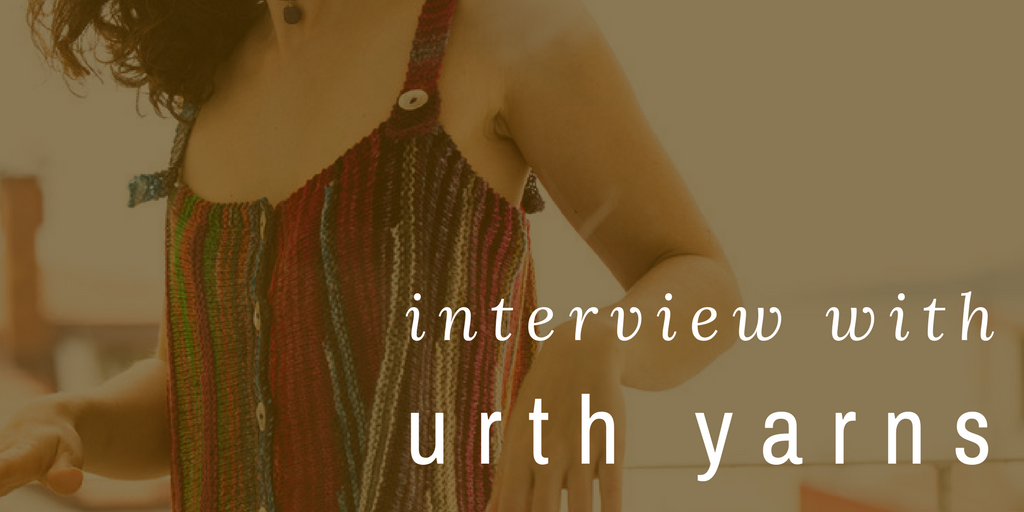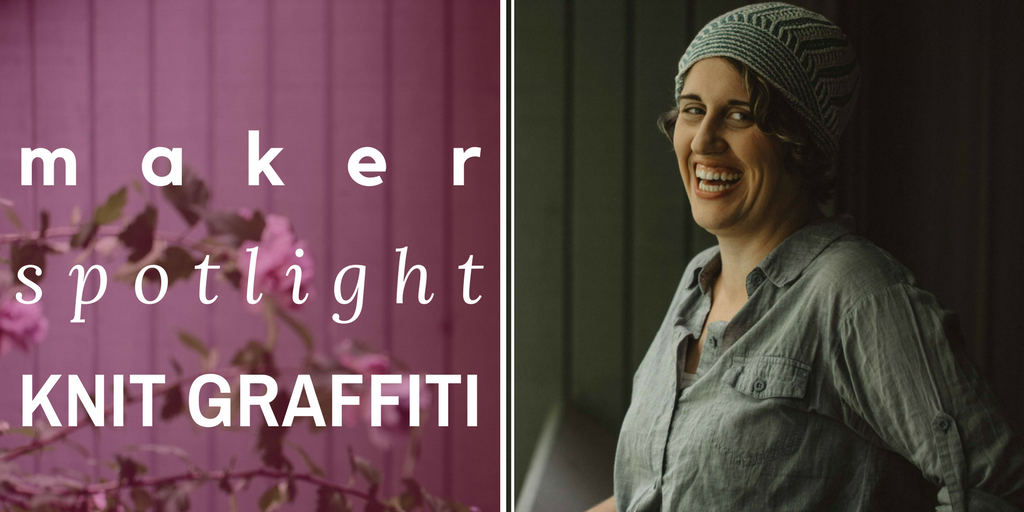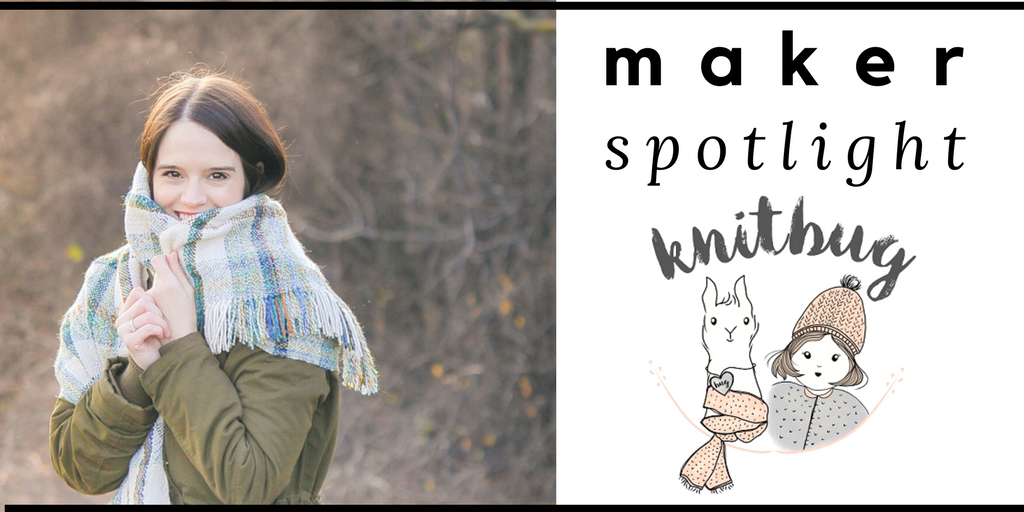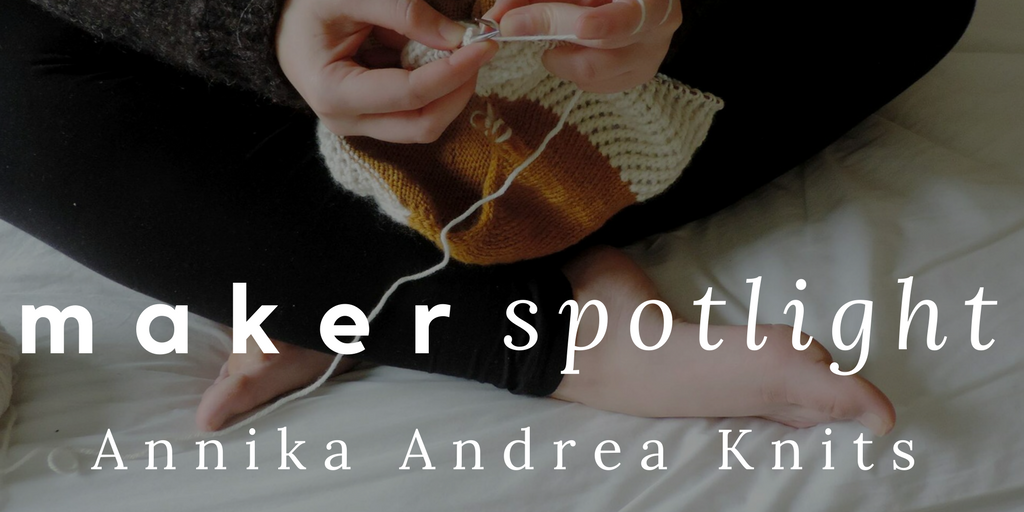I recently had the pleasure of collaborating with an innovative and unique yarn company, Urth Yarns (formerly known as Feza yarns). Urth Yarns produces rich and colorful skeins of extrafine merino wool yarn in their home country of Turkey. They even sent me a skein of Harvest, a naturally dyed yarn to swatch with (free yarn in exchange for a blog post? I mean, that’s every knitting blogger’s dream, right? 😉 ). I used the skein of Harvest to try out a few swatching patterns from my recently purchased Barbara Walker’s Stitch Dictionary.
Emir Koc, of Urth Yarns, was also able to answer a a few questions I had about the history of the company and the culture of knitting in Turkey. Enjoy!

Tell us more about the history of Urth Yarns and how the company came to be.
Urth Yarns is a brand new yarn collection with heavy emphasis on creating high quality natural yarns with special dyeing techniques. The vision statement of Urth yarns is to create hand knitting yarns that blend QUALITY and PURPOSE. In other words, we create these yarn collections, different than other hand dyed yarns, that create a special effect like Uneek striping effect and we use the highest quality of wool, so the knitted garments are long lasting and can be worn with pride, hence worth the effort of knitting. We want to create yarns that do the jobs for the knitters.
What is the culture of knitting like in Turkey? Is it common for women and/or men to knit in their spare time?
Knitting is very common among the women in Turkey, but not so much among men. Knitters in Turkey knit both to create garments to wear or give as a gift and as a hobby. One very interesting fact about Turkish knitters is that they don’t necessarily follow patterns, they improvise more. They can take a look at a design and try to figure out their own pattern and just go with it.
Are Urth Yarns mainly produced in Turkey?
Urth Yarns are all produced and hand dyed in Turkey.

How are the yarns spun?
The yarns are purchased as twisted yarns from yarn factories. We always aim to work with factories that are GOTS certified and try to make sure the wool we purchase comes from mulesing free suppliers.
The Harvest line features organically hand dyed wool using roots, fruits and nuts. The colors produced are so rich and lovely! Could you tell us a bit more about the natural dyeing process of the Harvest line and how you obtain such beautiful colors?
Harvest and organic dyeing is a very interesting topic, it is also quite magical. Today, we take colors for granted. We see them everywhere and in every shade. It used to be very hard and painful process to provide colors for textiles and dyes used to be very important trading commodities. People used to work hard or pay a lot to have dyes to dye textiles. But at the end, because of the organic dyes, they would have textiles that preserve the colors for centuries. Take Turkish rugs for example. For Turkish rugs, weavers create different patterns using many different dyed yarns and the rugs still have this very vivid look and they don’t fade. This is the most important thing about organic dyes.
With Harvest, we wanted to pay a tribute to this ancient art of dyeing yarns.
Another very important thing about organic dyeing is that it doesn’t contain chemical dyes, hence safe for both babies and adults. It is also a sustainable way to dye textiles while protecting the earth from chemical wastes resulting from acidic dyes.
The majority of the colors in the Harvest collection are pure colors, meaning we derive the color from the actual organic substance like pomegranate, cosmic carrot, indigo, fig etc.
Only a few of the colors like cinnamon and mint are mixtures of the organic dyes, for example we might have blended dye we receive from acorn and rubia. The process of achieving colors is a lengthy and labor intensive process. First, the organic matters are dried for a certain time, some don’t need to be dried, and some are pulverized. Pomegranate shells are just used as they are.

These organic matters are boiled in large cauldrons until they unleash their dyes to the water and with enough boiling, water absorbs the dye, then the mordanted wool is soaked into cauldrons and basically you stir it up like a soup until the yarn absorbs the dye.
Because off all the organic residue in the water, the yarns need to be cleaned meticulously and then need to be left to dry under the sunlight. During the drying process, the color of the yarns change a lot in a surprising way.
Another interesting fact about organic dyeing is you can never guarantee a certain shade.
Different harvests from different regions or different times of the year provide different shades of dye.
For example, grape leaves harvested in a sunny season gives a different shade of green than the grape leaves harvested during fall. All this adds to the authenticity of organically dyed yarn.

Is there anything else about Urth Yarns you would like us to know about?
At Urth Yarns, we aim to be a benevolent yarn brand. We want to pay back and help knitters pay it back as well. We have few different programs that aid communities that are involved in production of our yarns.
- Organic dyeing is sadly a dying art. With Harvest, we provided jobs to organic dyers and we hope the interests in organic dyeing will be revived again and hopefully transformed to next generations.
- We employ somewhat a large group of women in rural areas of Turkey, that are uneducated, unqualified and probably not very willing to work outside of their home or village by giving their jobs to do at home with other friends while creating a small community. It is related to culture of women in rural Turkey. They help us by winding and labeling the skeins of dyed yarns.
- We also commit to pay back to nature. We will start a program and promise to plant one tree for every skein of Urth yarns purchased. This may sound like a lot, but we hope to have planted a forest within our first year and it will be dedicated to the knitters who purchased our yarns. I think it will be wonderful to see a growing forest as a such a concrete result of our mission.
As I mentioned before, we try to produce Urth yarns with very high quality and with a purpose, so knitters will enjoy fruits of their labor while knowing they helped a tree become planted.
Thank you so much for the interview, Emir! It was lovely getting to know more about the history of the company and the culture of knitting in Turkey. I’ll be adding Turkey to my bucket list of places to visit as a knitter! Best of luck with your new yarn collection, Urth, and on planting an entire forest for knitters! That sounds like an incredible project.







